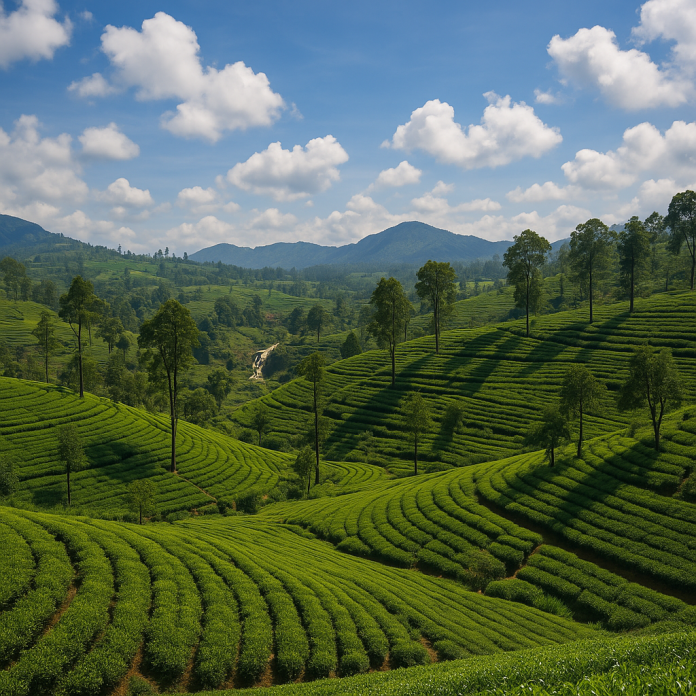Sri Lanka, formerly known as Ceylon, is globally renowned for its lush tea plantations that blanket the central highlands. The island’s unique climate, rich soil, and centuries-old cultivation practices have positioned it as a leading producer of high-quality tea. This article delves into the history, cultivation, economic significance, and tourism aspects of Sri Lankan tea plantations.
A Brief History of Ceylon Tea
The story of Ceylon tea began in the 19th century when the British introduced tea cultivation to the island. James Taylor, a Scottish planter, is credited with establishing the first commercial tea plantation in 1867 at the Loolecondera estate in Kandy. Following the decline of coffee due to disease, tea quickly became the dominant crop, transforming Sri Lanka’s economy and landscape.
The Tea Growing Regions
Sri Lanka’s tea cultivation is primarily concentrated in the central highlands, where the cool climate and abundant rainfall create ideal conditions. Key tea-growing regions include:
- Nuwara Eliya: Known for its high-altitude plantations producing light, fragrant teas.
- Kandy: The birthplace of Ceylon tea, offering medium-bodied teas with a distinct flavor.
- Uva: Famous for its unique, mellow teas influenced by the region’s winds.
- Dimbula: Produces teas with a delicate aroma and flavor, especially during the dry season.
- Ruhuna: Located in the southern lowlands, yielding strong, full-bodied teas.
The Tea Cultivation Process
Tea cultivation in Sri Lanka is a meticulous process involving several stages:
- Plucking: Skilled workers handpick the tender two leaves and a bud from each tea bush.
- Withering: The leaves are spread out to reduce moisture content.
- Rolling: Leaves are rolled to break the cells and release enzymes.
- Fermentation: Oxidation occurs, influencing the tea’s flavor and color.
- Drying: Leaves are dried to halt oxidation and remove remaining moisture.
- Grading: Teas are sorted based on size and quality.
Economic Significance
Tea is a cornerstone of Sri Lanka’s economy, contributing significantly to export earnings and employment. The industry supports over a million people, including smallholder farmers and estate workers. Sri Lanka is among the top tea exporters globally, with Ceylon tea being a symbol of quality and tradition.
Tea Tourism: Exploring the Plantations
Sri Lanka’s tea plantations have become popular tourist destinations, offering immersive experiences:
- Factory Tours: Visitors can observe the tea-making process and sample various teas.
- Tea Trails: Scenic walks through plantations provide insight into daily life and cultivation practices.
- Heritage Bungalows: Many estates offer accommodations in colonial-era bungalows, combining luxury with history.
Sustainability and Challenges
The tea industry faces challenges such as climate change, labor shortages, and market fluctuations. Efforts are underway to promote sustainable practices, including organic farming, fair trade certification, and reforestation initiatives. These measures aim to preserve the environment and ensure the industry’s longevity.
Conclusion
Sri Lankan tea plantations are more than just scenic landscapes; they are integral to the nation’s heritage, economy, and identity. From the meticulous cultivation processes to the rich flavors of Ceylon tea, the industry offers a captivating experience for visitors and connoisseurs alike. As the world continues to appreciate the nuances of fine tea, Sri Lanka’s verdant hills remain a testament to tradition, resilience, and excellence.
For more insights and travel guides on Sri Lanka’s hidden gems, visit lanka.guide.




